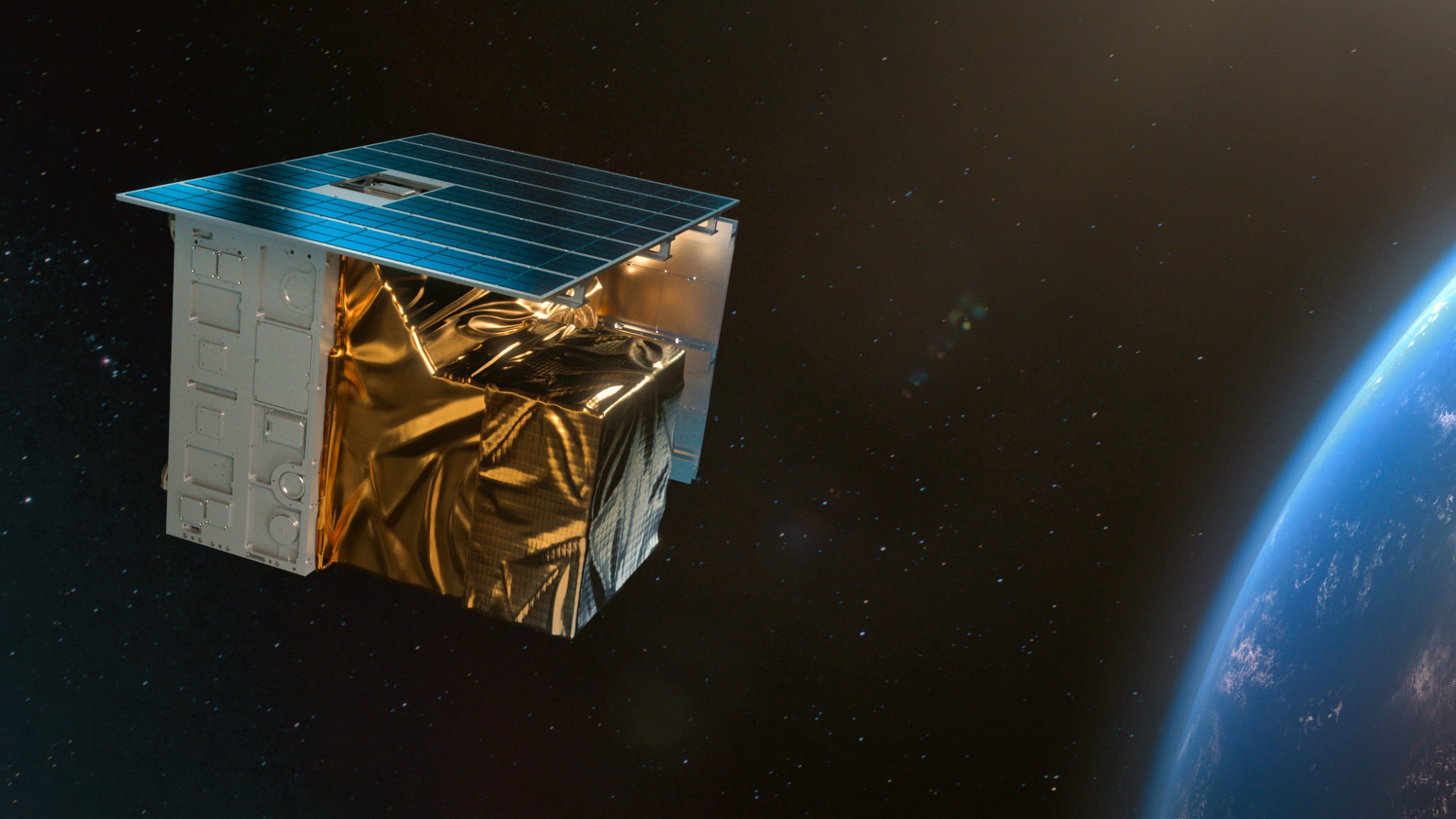Lockheed Martin's 'Tantrum' tech could help get satellites up and running without the wait
The new sensor is designed to help satellites calibrate in a fraction of the time.

Lockheed Martin and Firefly Aerospace are combining to launch a demonstrator that aims to slash the time it takes spacecraft payloads to become operational.
The unique wideband Electronically Steerable Antenna (ESA) developed by Lockheed Martin will test rapid calibration and could pave the way to payloads becoming operational much quicker. Calibration is the process of fine-tuning the sensor system to ensure it operates accurately and effectively once it is in orbit.
While it can take months for traditional on-orbit sensors to be powered on, fully calibrated and readied to perform their mission, the company says it expects the new ESA sensor to be calibrated in a fraction of the time.
Related: Firefly Aerospace's new rocket engine spouts green flames in 1st 'hot fire' test (photo)
The payload demonstrator, nicknamed Tantrum, will launch aboard Firefly Aerospace's Alpha rocket in December. The technology is critical to future remote sensing architectures, according to Lockheed Martin.
In September Firefly Aerospace launched a Space Force mission 27 hours after receiving its orders, setting a new responsive-launch record.
"Our customers' mission needs and operational tempo have increased dramatically," said Maria Demaree, vice president and general manager of National Security Space at Lockheed Martin Space, in a statement.
Breaking space news, the latest updates on rocket launches, skywatching events and more!
"We designed this technology to showcase how a highly producible ESA antenna could be built, launched, and quickly calibrated and fielded on orbit, in support of 21st Century Security."
The ESA payload uses a new, scalable design using off-the-shelf commercial parts for quick, mass-producibility. The payload is integrated on a Nebula small satellite bus developed by Terran Orbital.
Lockheed Martin says it is also working on other technology demonstrators as part of their investment in space technology.

Andrew is a freelance space journalist with a focus on reporting on China's rapidly growing space sector. He began writing for Space.com in 2019 and writes for SpaceNews, IEEE Spectrum, National Geographic, Sky & Telescope, New Scientist and others. Andrew first caught the space bug when, as a youngster, he saw Voyager images of other worlds in our solar system for the first time. Away from space, Andrew enjoys trail running in the forests of Finland. You can follow him on Twitter @AJ_FI.
